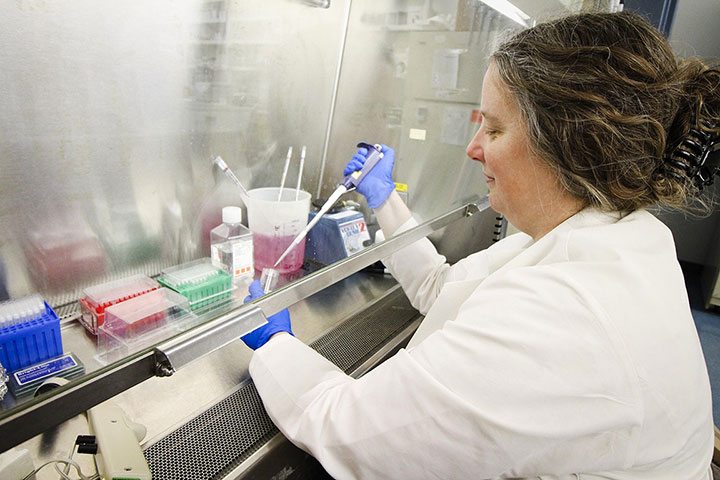
Image Source: Google
Flu vaccines have come a long way from their humble beginnings in the laboratory to becoming a crucial tool in preventing the spread of influenza. The journey of flu vaccines through clinical research has been a fascinating one, marked by innovations, breakthroughs, and ongoing efforts to improve their effectiveness. Refer Link: https://www.losangelesclinicaltrials.com/flu-symptoms-study/.
The process of developing a flu vaccine typically begins in the laboratory, where scientists identify the strains of influenza virus that are most likely to circulate during the upcoming flu season. These strains are then used to create a vaccine that will stimulate the immune system to produce antibodies against the virus.
Clinical trials are a critical step in the journey of flu vaccines from the lab to the clinic. These trials involve testing the vaccine in human volunteers to evaluate its safety, immune response, and effectiveness in preventing influenza. Participants in clinical trials are closely monitored to track any side effects or adverse reactions to the vaccine.
One of the key challenges in developing flu vaccines is the need to stay ahead of the constantly evolving nature of the influenza virus. The virus can mutate rapidly, leading to the emergence of new strains that may not be covered by existing vaccines. This is why researchers must constantly monitor circulating flu strains and update vaccines as needed to ensure they provide adequate protection against the latest threats.
Over the years, scientists have made significant strides in improving the effectiveness of flu vaccines. One of the most significant breakthroughs in recent years has been the development of quadrivalent vaccines, which provide protection against four strains of influenza virus instead of the traditional three.
Another important development in the journey of flu vaccines through clinical research has been the use of adjuvants to enhance the immune response to the vaccine. Adjuvants are substances that are added to vaccines to boost the body's immune response, leading to a stronger and longer-lasting protection against the virus.
In addition to improving the effectiveness of flu vaccines, researchers are also exploring new ways to deliver vaccines to make them more convenient and accessible to the public. For example, there has been growing interest in the development of needle-free flu vaccines, such as nasal sprays or skin patches, that could make it easier for people to get vaccinated without the need for injections.
As the journey of flu vaccines through clinical research continues, researchers are also exploring the potential for developing universal flu vaccines that would provide long-lasting protection against a broad range of influenza strains. This approach could revolutionize flu vaccination by eliminating the need for annual updates and boosting immunity against both seasonal and pandemic flu viruses.
Overall, the journey of flu vaccines through clinical research has been marked by innovation, collaboration, and a relentless pursuit of better ways to prevent and control influenza. From the laboratory to the clinic, flu vaccines have evolved to become an essential tool in protecting public health and reducing the impact of seasonal flu outbreaks.